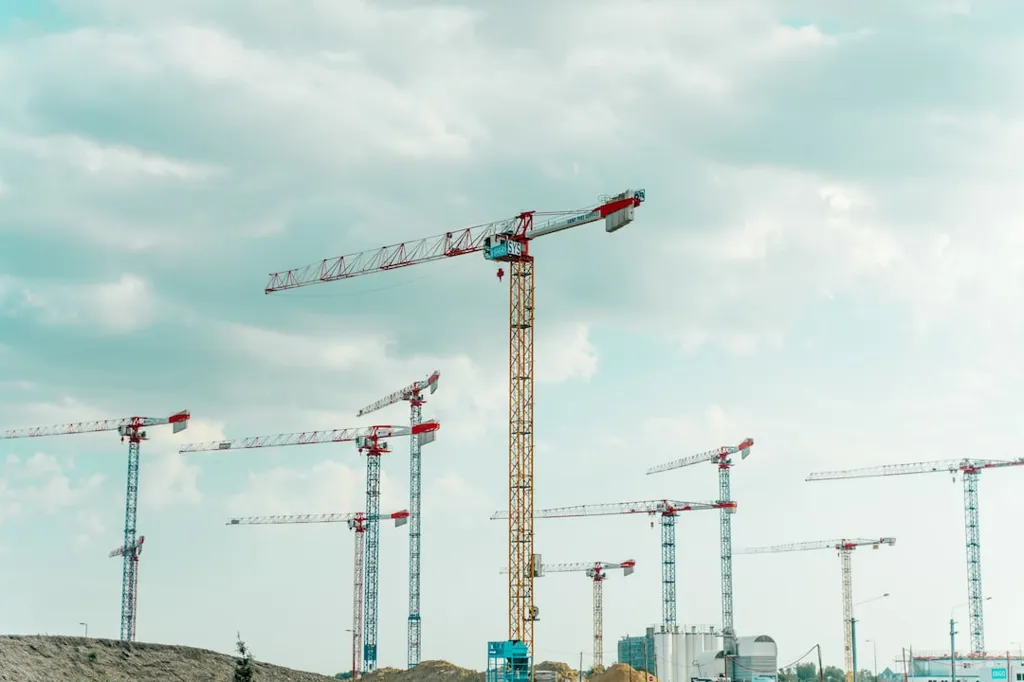Reinforcing Iron and Rebar Workers: A Crucial Job in Construction and Infrastructure
Reinforcing iron and rebar workers are some of the most important workers in the construction and infrastructure industry. They are tasked with installing iron and steel bars, which are essential for reinforcing concrete structures such as buildings, bridges, highways, and dams, to name a few. Without these workers, concrete structures would be vulnerable to various types of stress and pressure, which could potentially lead to their structural failure.
Examples of Reinforcing Iron and Rebar Work
Reinforcing iron and rebar workers perform a range of tasks in their line of work, including:
– Reading construction blueprints, schematics, and other technical documents to determine the dimensions of the reinforcement rods and their placement.
– Measuring and cutting reinforcing rods using equipment like saws, torches, and shears.
– Bending and shaping the bars to fit specific shapes and curves.
– Assembling and connecting the bars using various techniques such as welding, bolting, and tying.
– Installing the reinforcement rods into the concrete forms to create a sturdy, durable structure.
Education and Training for Reinforcing Iron and Rebar Workers
To become a reinforcing iron and rebar worker, you don’t necessarily need a college degree. However, most employers typically prefer candidates who have at least a high school diploma, along with some vocational training in construction, welding, or a related field.
There are several types of vocational training programs that aspiring reinforcing iron and rebar workers can enroll in, depending on their interests and goals. These include:
– Apprenticeships: These are formal training programs that combine classroom instruction and on-the-job training. Apprenticeships typically last 3-4 years and cover topics such as blueprint reading, welding, cutting, bending, and safety protocols.
– Trade Schools: Trade schools offer shorter, more focused training programs, typically lasting a year or less. They cover the same topics as apprenticeships but focus more on the practical skills needed to be a reinforcing iron and rebar worker.
– Community College Programs: Community colleges offer associate’s degree programs in construction technology, which cover a range of topics such as surveying, drafting, electrical work, and concrete formation. These programs typically take two years to complete.
Progression and Advancement in the Field
Reinforcing iron and rebar workers can progress in their careers by gaining experience and taking on more advanced roles such as foreman, site supervisor, or project manager. They can also specialize in certain areas of the trade, such as welding or design.
To get into the field, newcomers can start by applying for entry-level positions as construction laborers, where they can gain exposure to the trade and learn basic skills. They can also seek out apprenticeships or other training programs that offer on-the-job experience and formal instruction.
Conclusion
In conclusion, reinforcing iron and rebar workers play a vital role in ensuring the safety and durability of many types of concrete structures. They perform a range of tasks, from reading blueprints to bending and shaping reinforcement rods, and typically receive vocational training through apprenticeships, trade schools, or community college programs. With experience and specialization, they can progress to more advanced roles and advance their careers in this important industry.
Reinforcing Iron and Rebar Workers
Reinforcing iron and rebar workers are responsible for bending and cutting steel bars or mesh to reinforce concrete structures. The job requires physical strength and manual dexterity to complete tasks such as tying and positioning rebar. These workers must read and interpret blueprints and be able to communicate effectively with others on the construction site.
Job Level, Salary Data, and Unionization
According to the U.S. Bureau of Labor Statistics, the median annual salary for reinforcing iron and rebar workers was $50,920 as of May 2020. The median hourly wage was $24.48. The job level varies from entry-level to experienced workers who may supervise teams of other construction workers.
The salary data varies depending on unionization status. Unionized reinforcing iron and rebar workers earn higher wages than nonunion workers on average. The national average for all levels of unionized workers is $75,753.60 and nonunion workers earn $52,457.60. Full-time unionized workers make $58,115.20 compared to $54,953.60 for nonunion workers.
The unionization of reinforcing iron and rebar workers can have various effects on the job. Unionized workers may have more job security and better benefits such as healthcare and retirement plans. Unions also negotiate for better wages, working conditions, and training opportunities for their members. However, unions may require workers to pay dues and follow certain rules and regulations that may be limiting.
Geography and Salary Data
The following table shows the median annual salary for reinforcing iron and rebar workers in two areas with the highest and lowest average salaries:
| Location | Median Annual Salary |
|---|---|
| New York-Newark-Jersey City, NY-NJ-PA | $75,230 |
| Tucson, AZ | $32,260 |
As the table shows, reinforcing iron and rebar workers in the New York-Newark-Jersey City, NY-NJ-PA metropolitan area earn the highest average salary, while those in Tucson, AZ, earn the lowest average salary.












